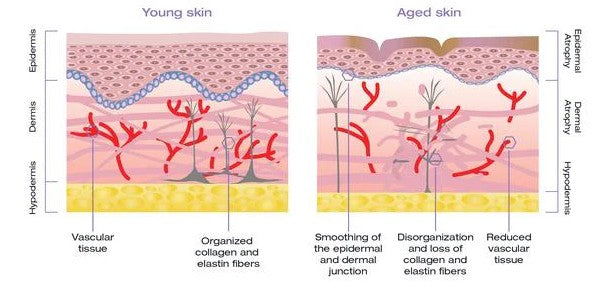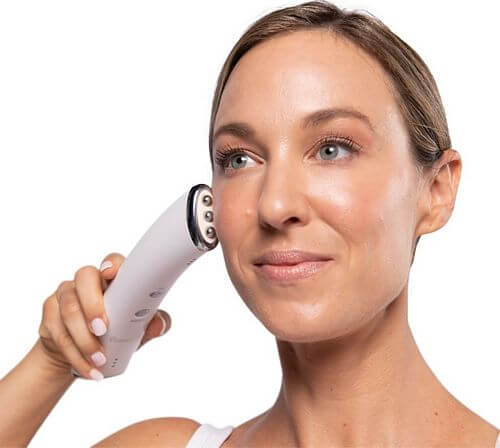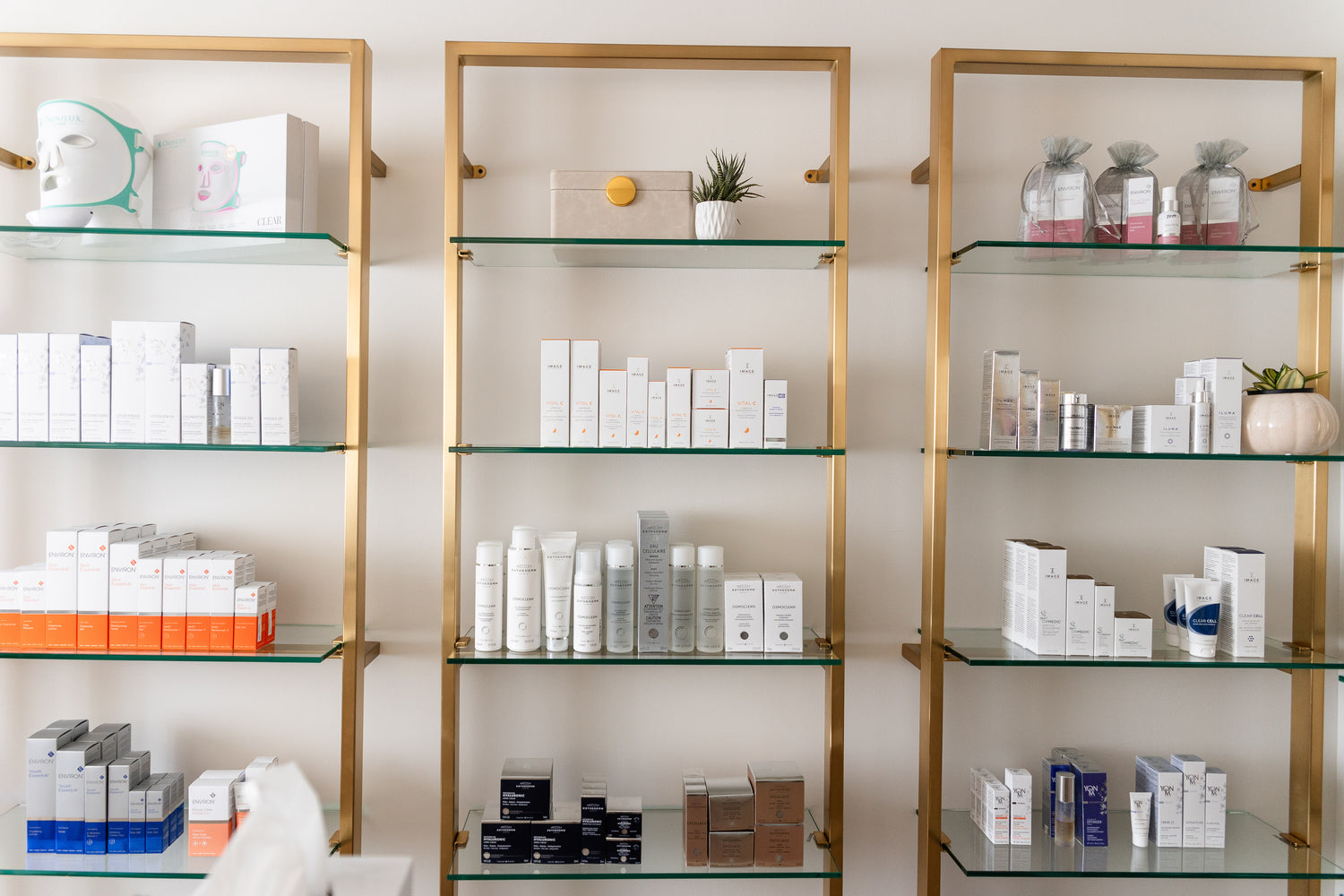I'm a professionally trained, multi-decade practicing Skincare Therapist so, of course, I prefer waxing over shaving. But many of my clients just need the convenience of DIY at-home hair removal. They don't have to worry about booking an appointment in advance and prefer the instantaneous, not to mention more budget friendly, results of shaving at home.
Here are my top THREE tips for achieving the best results (say goodbye to razor burn!):
TIP #1: PREP
Don't just hack away at that unwanted hair, you want to prep the hair AND your skin. Before you start shaving, be sure to exfoliate. This removes dead skin cells that sit on the surface of your skin. Not only will this provide for a closer shave, but reduces the chance of clogged pores (that can lead to ingrown hairs).
Loofahs and pumice stones are a no-no for me; you can't ensure that they stay clean. I recommend a gentle, but effective body scrub like FUR's Silk Scrub. It works by buffing the surface of your skin with all-natural jojoba beads, while glycolic acid and AHAs work deeper to clear out pores.
TIP #2: TOOLS
The right tools and products make all the difference! The WORST thing you can do, if you're going to shave, is to use a dull razor. Not only is it probably harboring some scary germs, but you'll increase the chances of cuts and nicks.
A barrier between your skin and the razor is essential - queue the shaving cream/gel. You want a product that helps the razor glide, not slide. Avoid products that contain harsh ingredients and maybe fragrance, as they can irritate the skin. Look for ingredients that moisturize and soothe.
TIP #3: AFTERCARE
Let's recap - you prepped by exfoliating, you used a blade to glide over skin and remove unwanted hair (which is another form of exfoliation) - that's a lot of exfoliation! The new, fresh skin needs protection and nourishment now. Apply a body lotion or body oil to seal in the moisture (immediately after showering). Look for ingredients that moisturize and protect - I love the FUR Oil.
Continue exfoliating the area you have shaved (wait 72 hours before before doing so) in order to keep those pores clean and healthy.
When Ingrown Hairs Happen...
Despite following these tips, ingrown hairs can still happen (but following these steps means they happen a whole lot less!). Make sure you have some sort of treatment product on hand that's specifically formulated to treat ingrown hairs. Avoid treatments that use harsh chemicals and alcohols that can be overly drying. We recommend FUR's Ingrown Concentrate (for more sensitive skin types) and Ingrown Eliminator.
We love, love, love FUR's new Ingrown Microdart Patches - they use the most advanced microneedle patch technology for deeper penetration of the ingrown serum to deliver a targeted treatment.
The most common places for ingrown hairs to develop are the bikini and underarm areas. FUR's Ingrown Deodorant is a multifunctional deodorant that not only targets ingrowns, but odor and discoloration - making it a fan favorite!
While I will always prefer waxing over shaving, I know that there are a lot of considerations when it comes to the right hair removal method for you. Skin type, pain tolerance, budget and convenience - just to name a few. Hopefully, this blog post will help you achieve optimal results with shaving!






